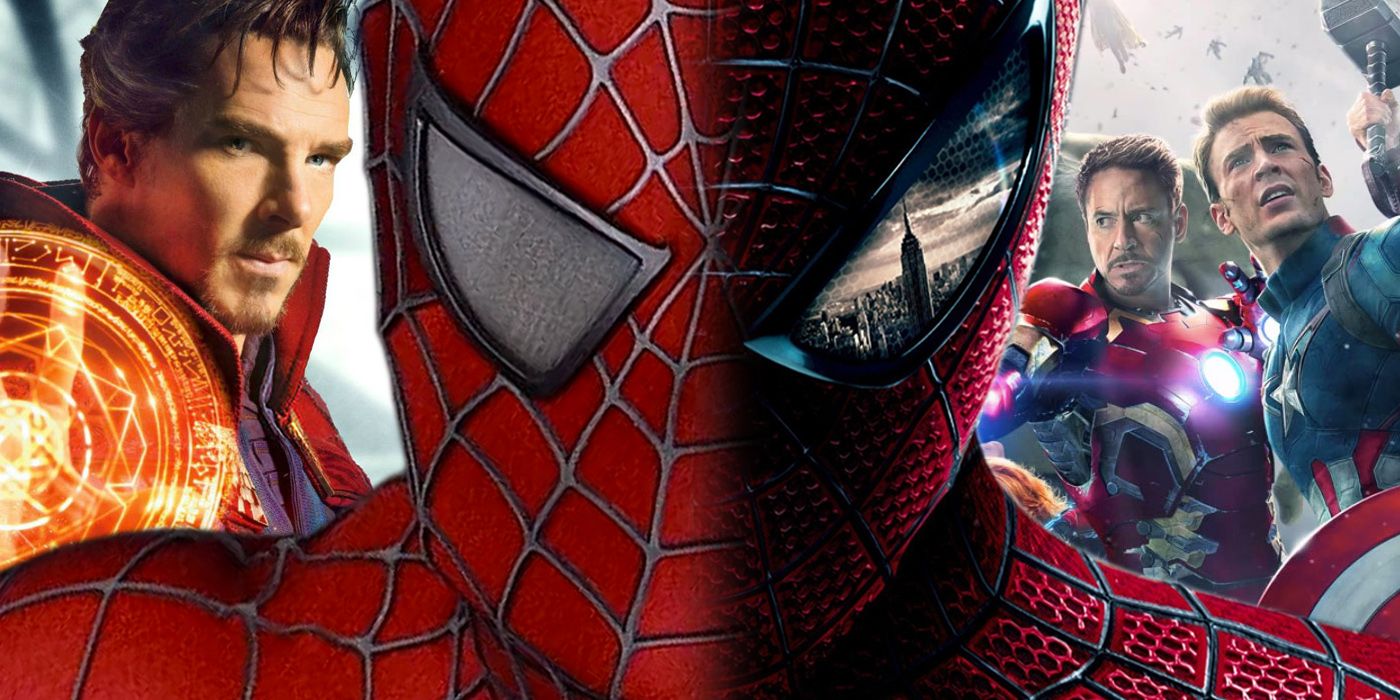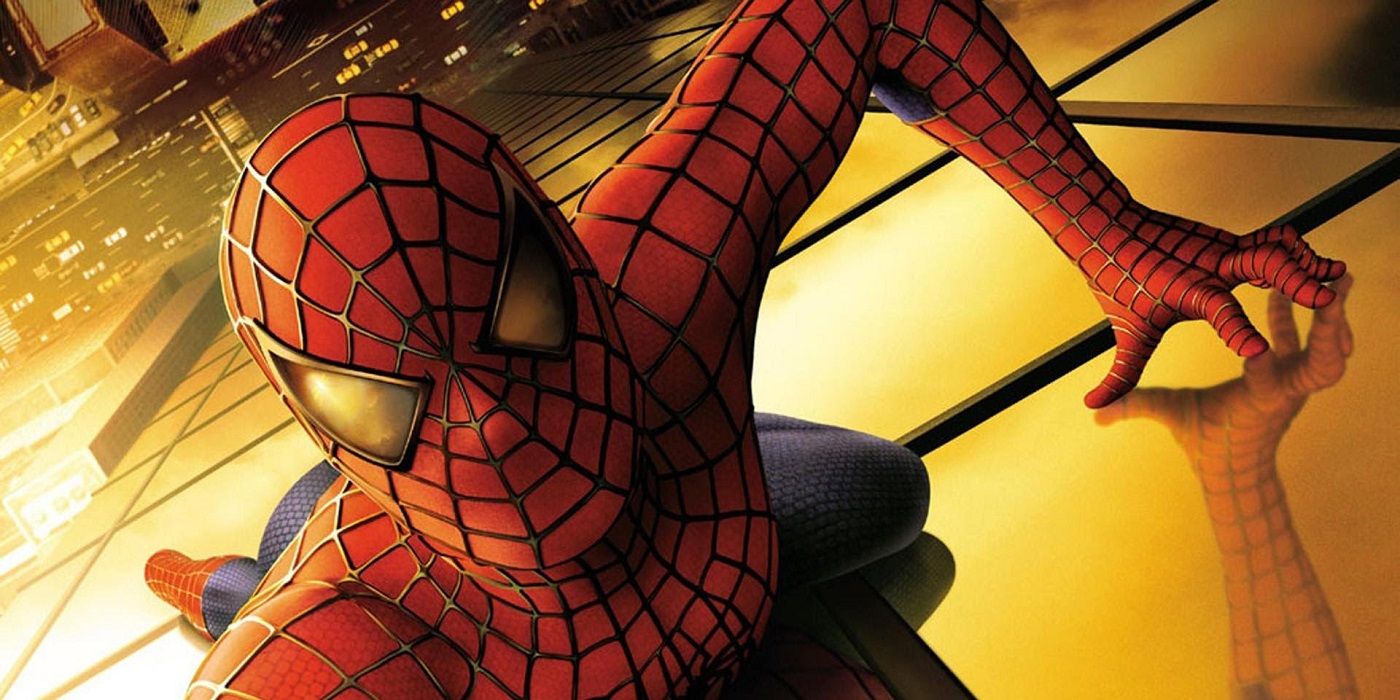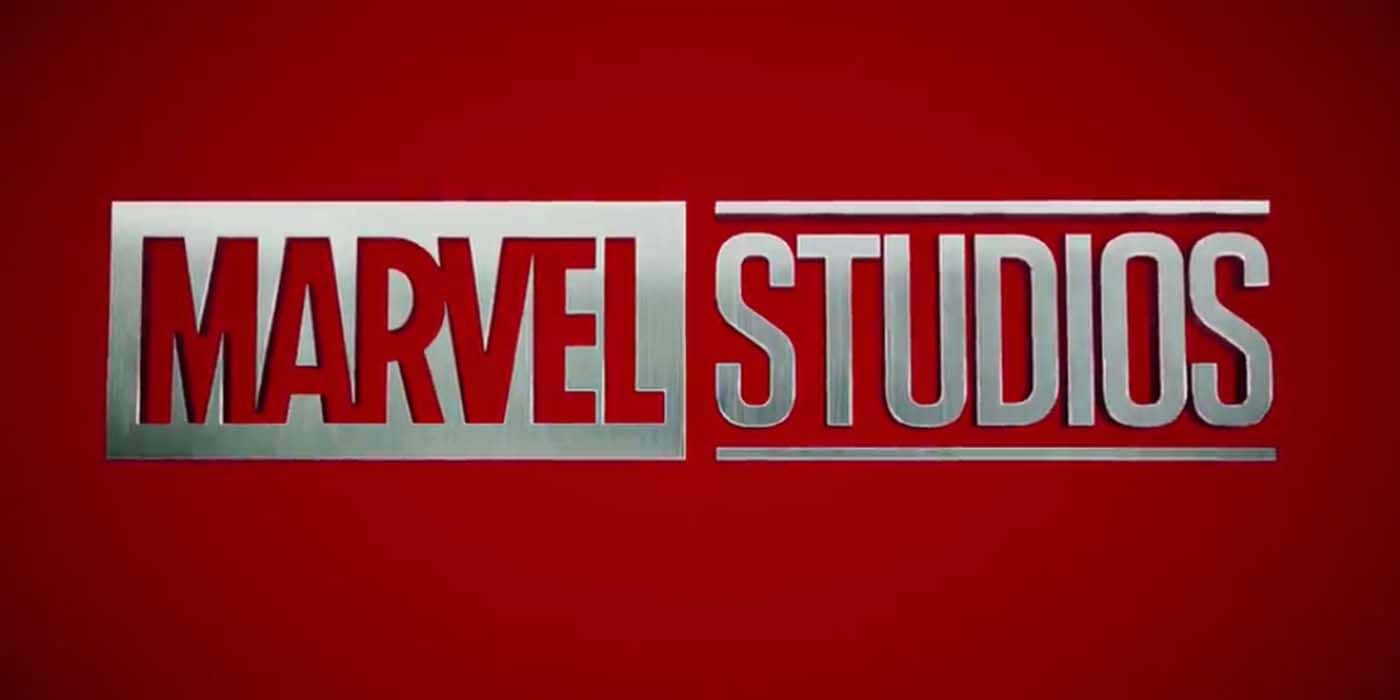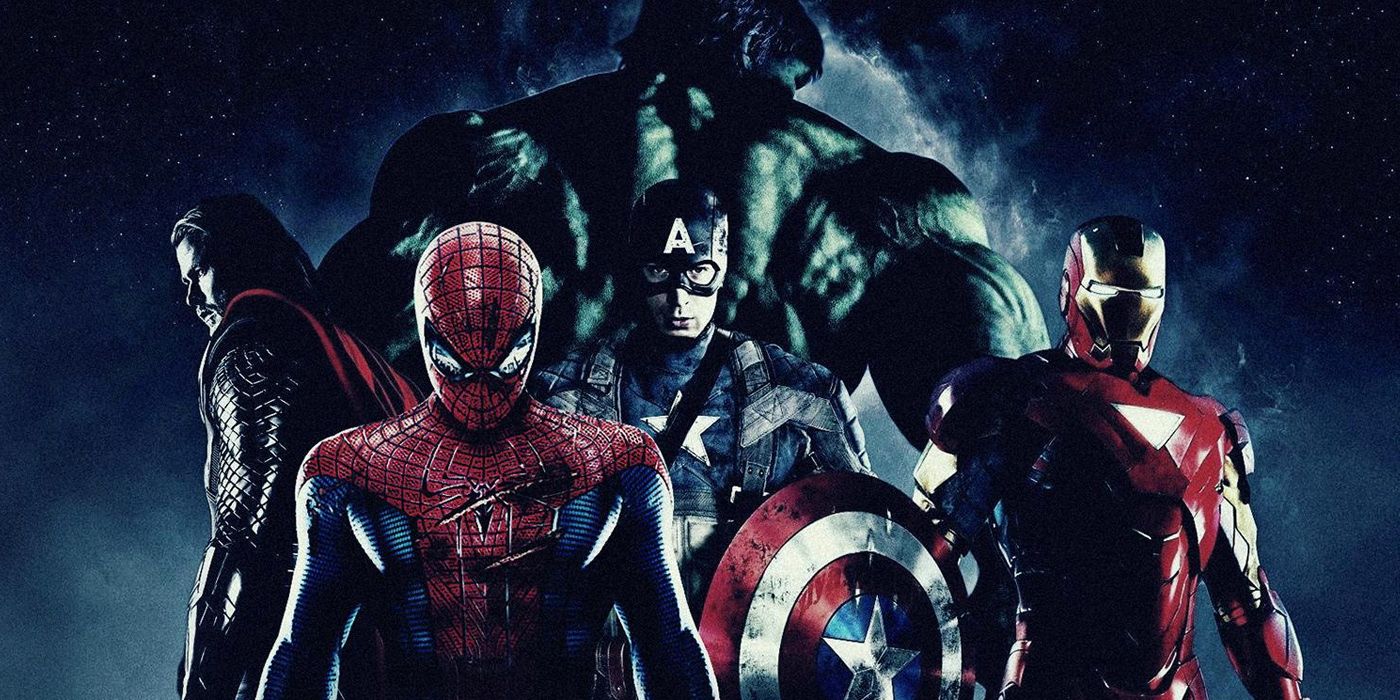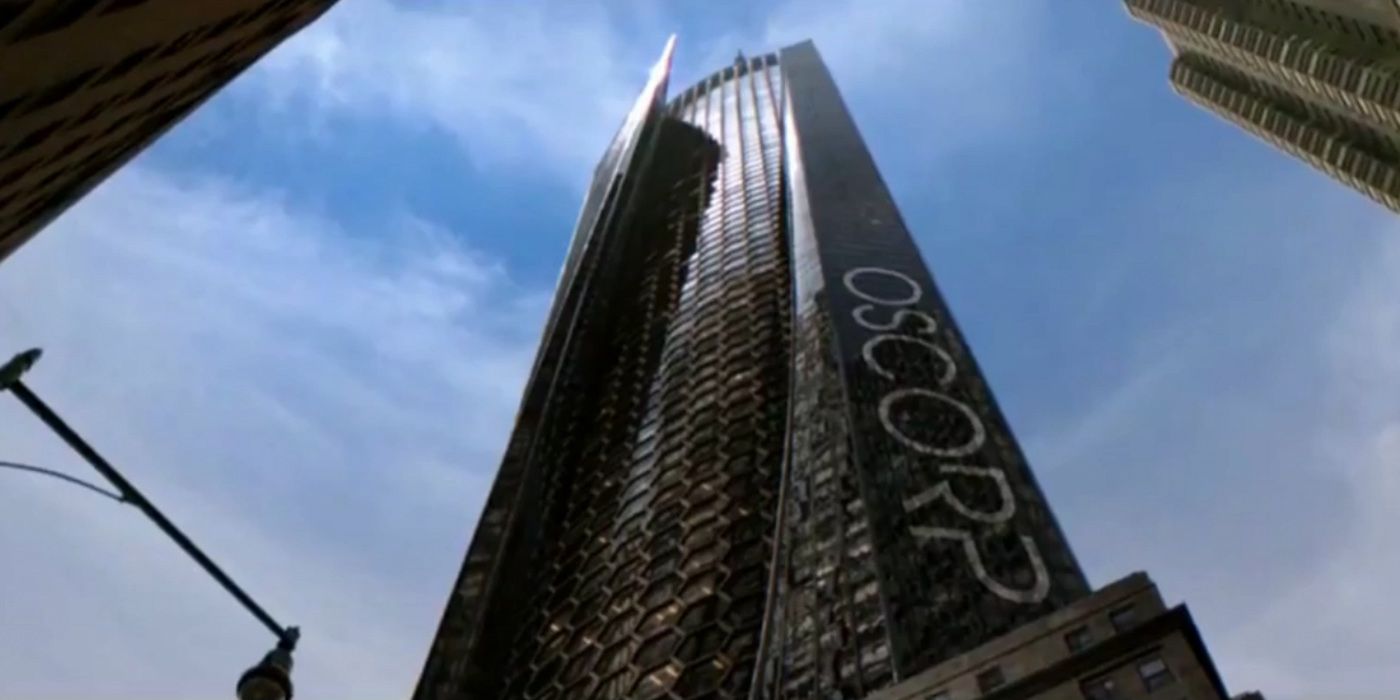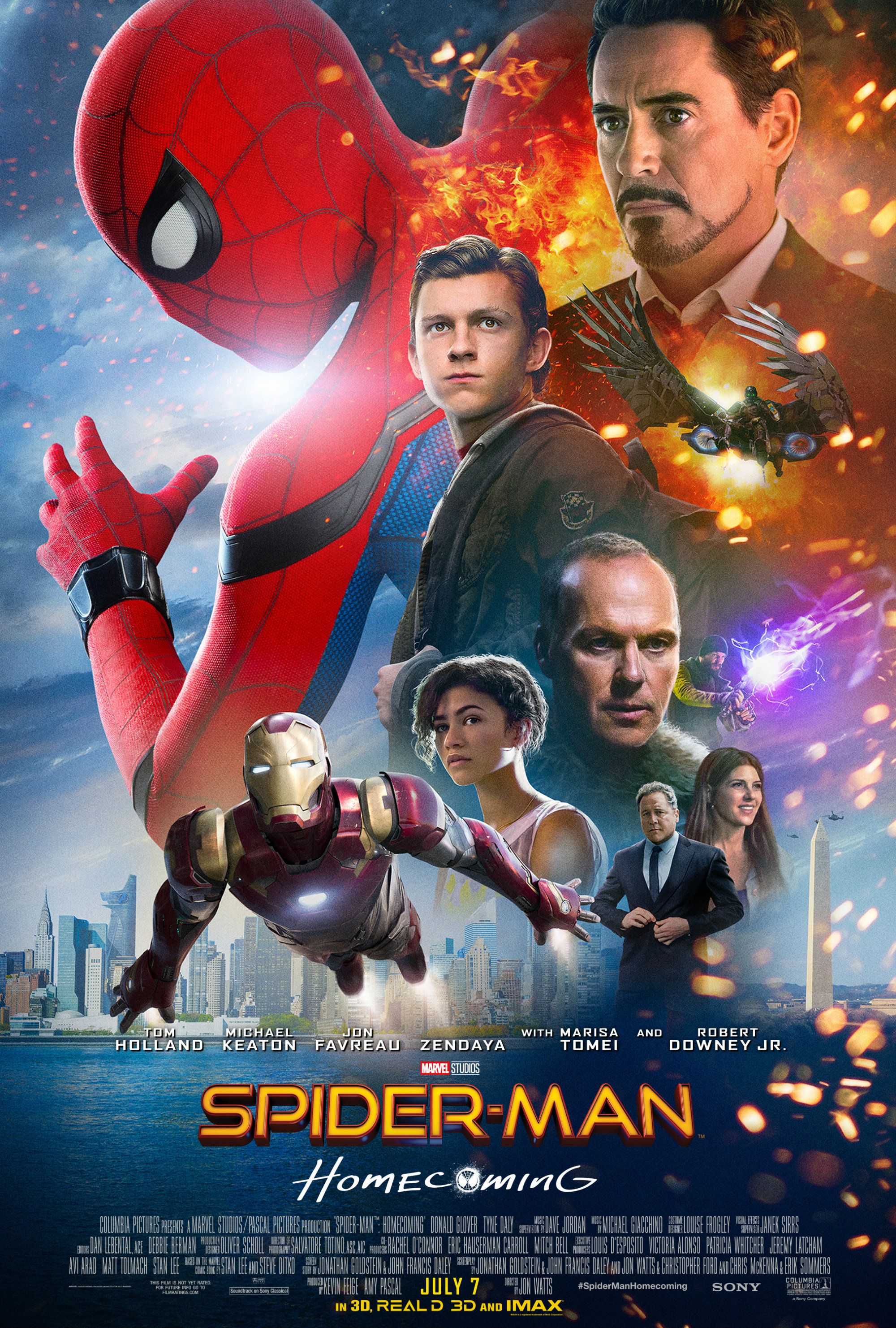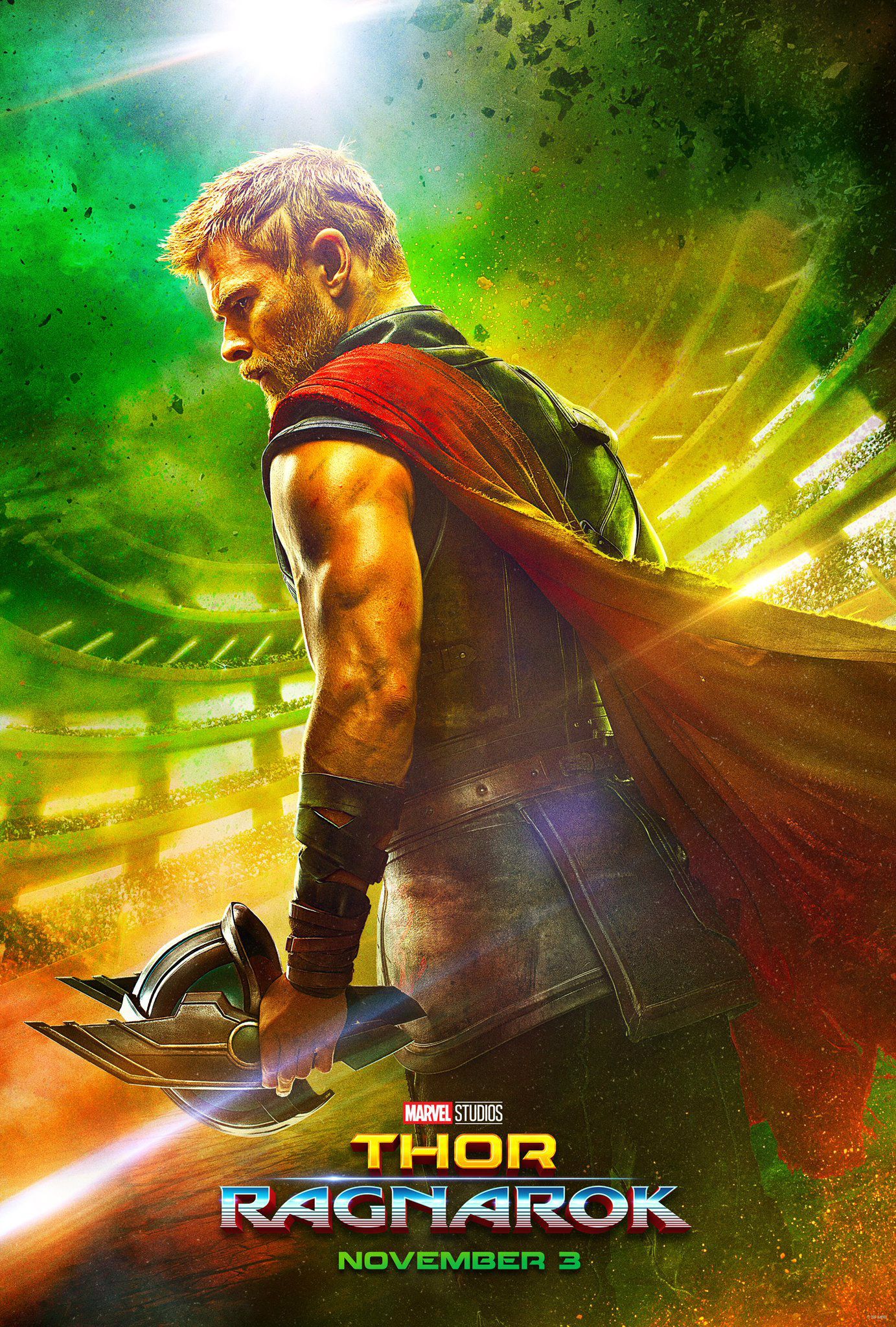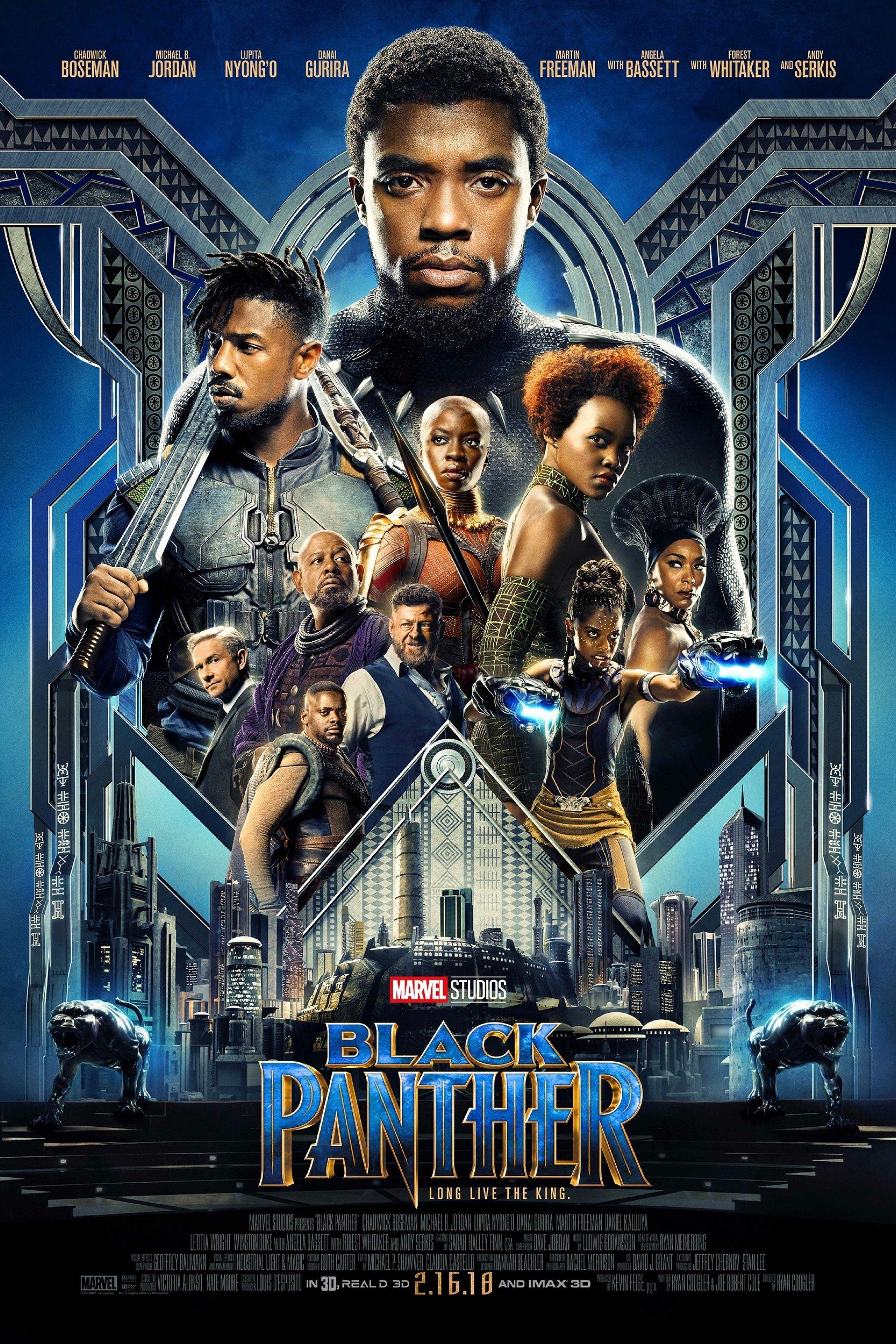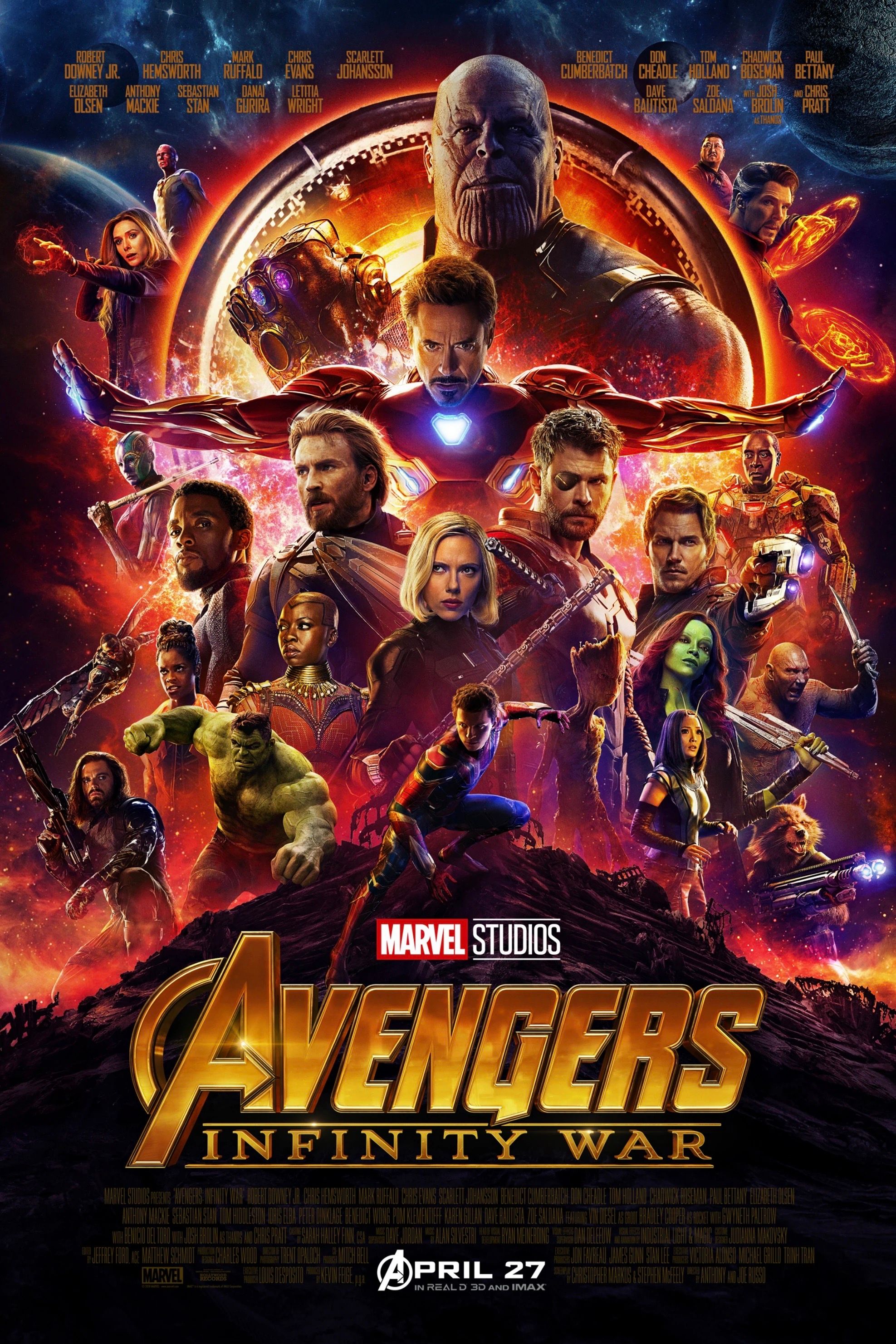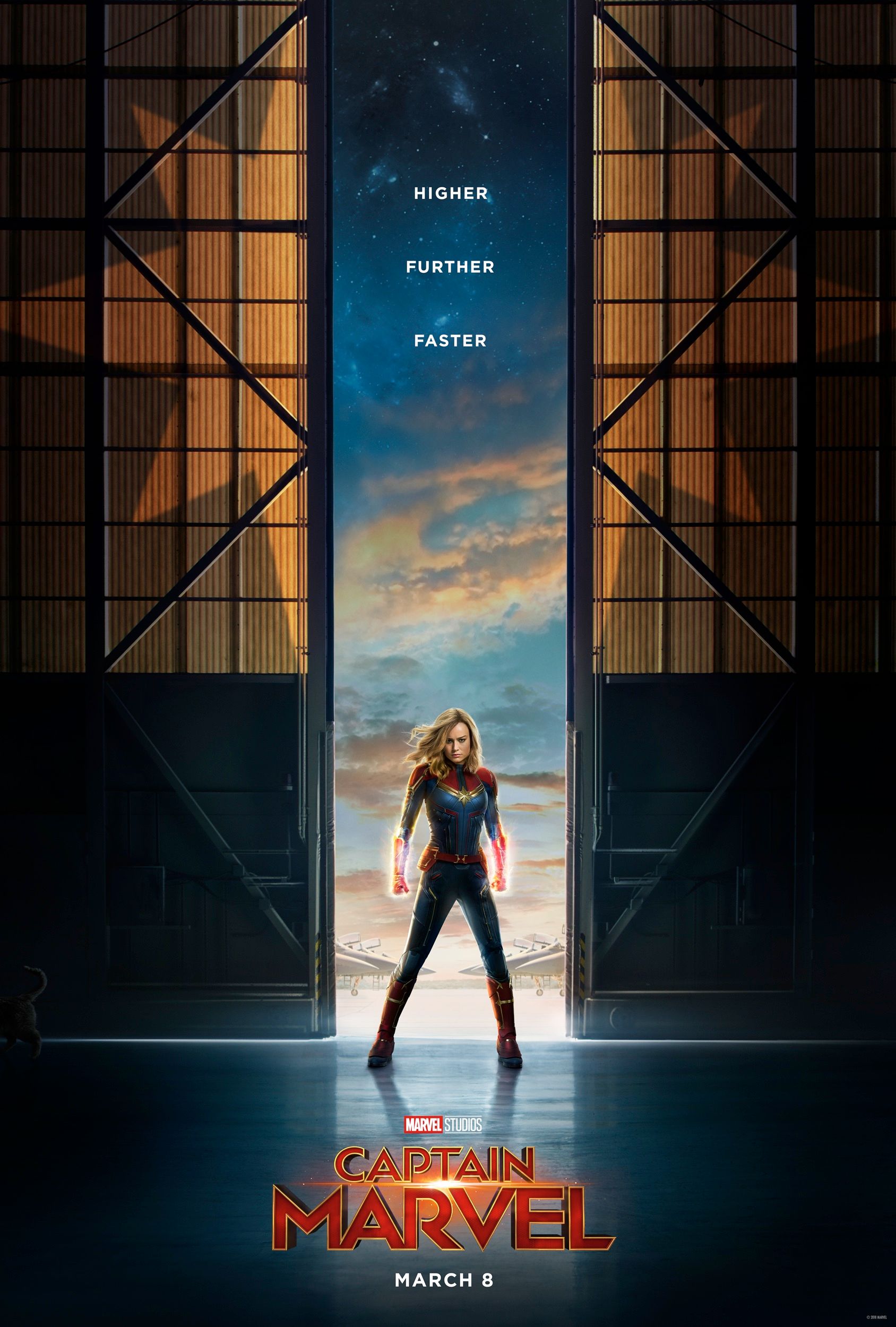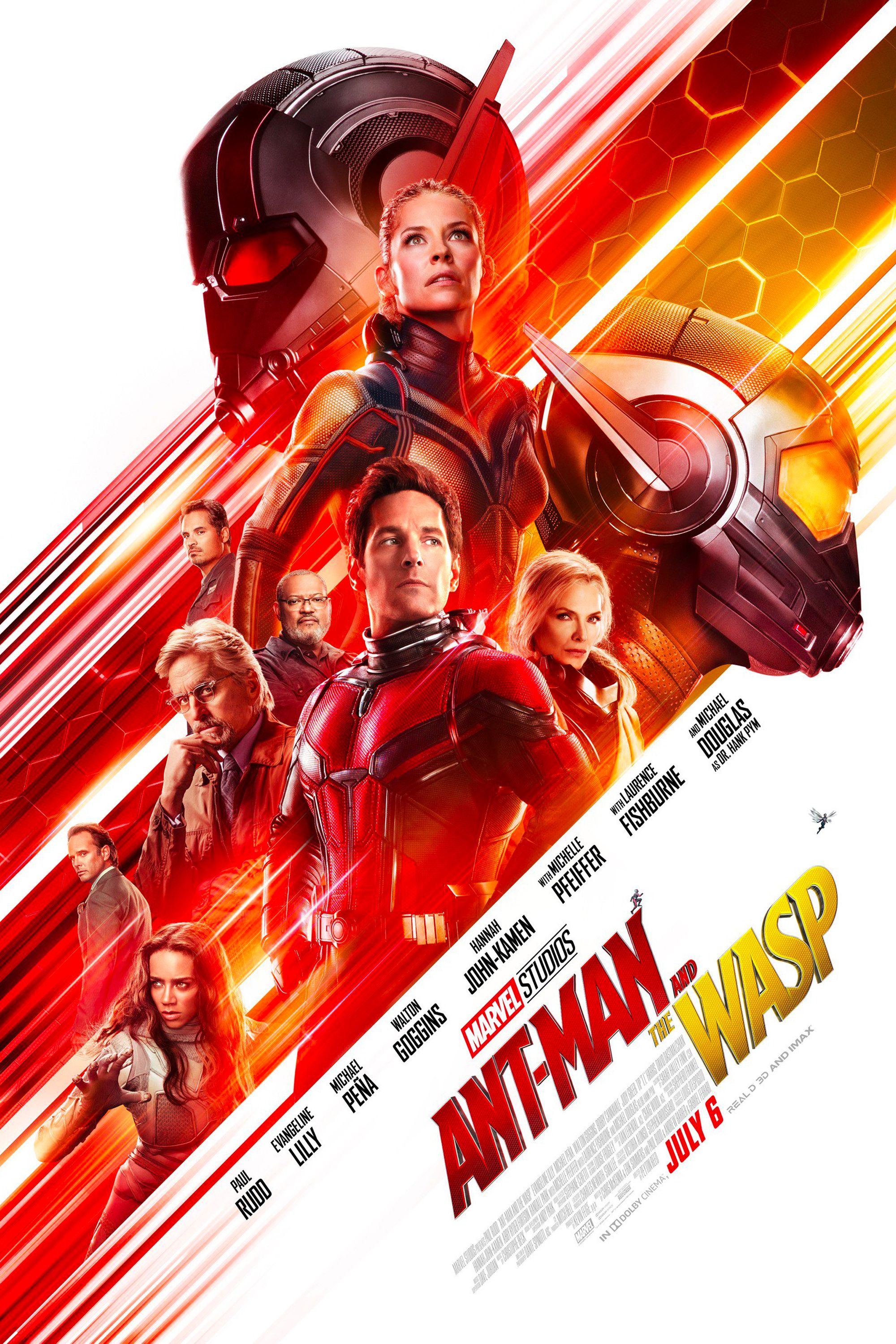Spider-Man's coming home. After fifteen years on his own in New York City with only a string of disgruntled girlfriends for company, the web-slinger has finally being brought into The Avengers fold, part of the ever-expanding Marvel Cinematic Universe. And if there's one reason to make the third version of the character in a decade fresh, it's that promise of crossing over with other heroes - he debuted in the epic team-up showdown in Captain America: Civil War and his first solo outing, Spider-Man: Homecoming, features Tony Stark, Happy Hogan and references aplenty.
This sort of character interaction is the main draw of the MCU, seeing Marvel Studios to bring one of the biggest facets of comic book storytelling to the big screen; since the comic boom in the 1960s, they've always been keen to have all manner of characters share panels from team-ups to regular adventures. In fact, it's always been a key part of Spider-Man that he was a young, ground-level hero in a world of giants. With that in mind, Homecoming is the full delivery on that longstanding promise.
But Civil War's airport battle wasn't the first time Sony had tried to bring more characters into Parker's social circle. In fact, there's been a history of crossover potential from the very start.
The Raimi Years - X-Men, Strange and The Punisher Theory
Although it wasn't with an Avenger or indeed a character currently under the Marvel Studios umbrella, there was talk of having a crossover in his very first movie. Spider-Man (2002) came at the very start of the current superhero wave, with the only previous movies being Blade and X-Men. The latter was especially impactful, making icons out of Patrick Stewart, Ian McKellen and Hugh Jackman's distinct portrayals of Professor X, Magneto and Wolverine respectively. They were so big, in fact, that Sony actually considered having the latter cameo in the first Spidey film, with Jackman planned to walk by in the background to tease that - like the comics - everything unfolded in the same world. The actor was even in town for the right day of shooting, but things eventually fell through when they couldn't get ahold of the leather costume.
The sequel fared better and actually managed to work a Marvel character in - albeit subtly. When J. Jonah Jameson is trying to come up with names to describe a now supervillainous Otto Octavius, one name suggested by assistant Ted Hoffman is Doctor Strange, to which his boss replies "Pretty good - but it's taken". It's a quick moment, more of a wink than anything, but it establishes that not only does Stephen Strange exist in this universe but he's properly active in NYC. What makes the nod so good is that it's done with the causality of the comics, bringing in the shared world element four years before the MCU even existed.
There were also rumors around the second film's release that it featured an uncredited cameo from The Punisher. At the very end, Mary Jane ditches her fiance in the altar and runs through NYC, at one point passing a man who looks rather similar to Thomas Jane, the actor then playing Frank Castle. Various explanations were provided - the main suggestions were that it was uncredited due to rights issue or a stunt double was used - but it has never been officially commented on and thus still remains speculation.
The Rights Issues
What makes the above such strange reading from a modern perspective is how flagrantly the references and near misses disregard character rights; Wolverine didn't appear because they couldn't get the costume, not because Fox held rights to the character, while the Strange name drop ignores that at that point as now Marvel owned all the character's cinema dealings.
Nowadays, when getting Peter Parker into the MCU was the result of an endless discussion and a very well-balanced deal, audiences and studios are fully aware of how restrictive the character rights are - there's barely any expectation of mutants standing alongside the Avengers (Marvel can't even use that word). But, based on this evidence, they weren't treated with the same ironclad defensiveness fifteen years ago; Sony casually threw in Strange when it would take years of negotiation today.
The obvious explainer is that because there was less money in these movies (comparatively) and Marvel's own film wing wasn't set up there was a perceived laxness. Although that's not to say all crossover potential stopped with the first Iron Man.
Next Page: [valnet-url-page page=2 paginated=0 text='How%20Close%20The%20Amazing%20Spider-Man%20Came%20To%20The%20MCU']
How Close The Amazing Spider-Man Came To The MCU
The Amazing Spider-Man is now destined to go down in history as a legal placeholder between the heights of the Raimi era (and Spider-Man 3) and the character's full integration into the MCU; it was only made so Sony could retain the movie rights and came crashing down after just two entries. The main cause of failure was, simply, they weren't that good, but a key element within that was the constant obsession with teasing out answers to its "Untold Story" mystery and later building a raft of spin-offs. But while The Amazing Spider-Man 2 was dominated by setting up the Sinister Six, there was a different shared universe consideration with the first film.
It's now incredibly redundant, but when The Amazing Spider-Man first hit there was a lot of questions over whether the reboot was actually part of the MCU and if we'd eventually see Andrew Garfield fight alongside the Avengers. And while it's worth noting that the rights awareness we just talked about wasn't as prominent and so much of this came from fan confusion as much as any real possibility, some of it was intentional on behalf of the studio.
Similar to what we're seeing with Sony's new Spider-verse, which currently seems to reside in a purgatory between being its own distinct thing and an unspoken MCU mutated limb, the purpose on the studio's part was to make something that could be worked into the fold should audiences (or, more importantly, Marvel) want it. It was only in the sequel, when it became clear that wouldn't or couldn't happen, that Amy Pascal and co. started moving off on their own. However, it actually went deeper than that.
The Oscorp Tower Easter Egg That Almost Happened
The reboot got much, much closer to being part of the MCU than people care to remember. The Amazing Spider-Man came out in Summer 2012, just a couple of months after the MCU's crowning jewel The Avengers. Now, contrary to public perception, Sony and Marvel weren't at complete loggerheads at this point, with MCU maestro Kevin Feige providing notes and input for Pascal on the Sony venture. And at some point in this, the suggestion of putting Amazing's Oscorp Tower into the New York City skyline of The Avengers came to be, something that - like Wolverine all those years before - only didn't happen due to a mundane practically; the CGI cityscape had already been finished by the time the decision was made.
This would have explicitly put the movies in the same world and completely changed the perception of the Amazing series. Of course, it's now for the best it didn't happen - it's reflective of Marvel's initial uncertainty about continuity rules and at that point Sony wasn't heeding creator oversight, meaning it would have only sullied the MCU brand - but it still shows that as far back as 2012, three years before the deal, Marvel were considering bringing Spider-Man into the fold in some Sony partnership.
In fact, Kevin Feige has recently stated he was the instigator in bringing about the deal, revealing how, while Sony has evidently all along been trying to introduce crossovers, the other sides were just as interested in making the webhead work. Spider-Man's finally got The Avengers in his films, and both sides can be happy.

